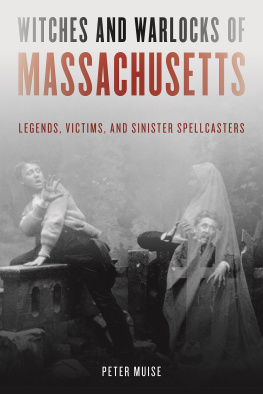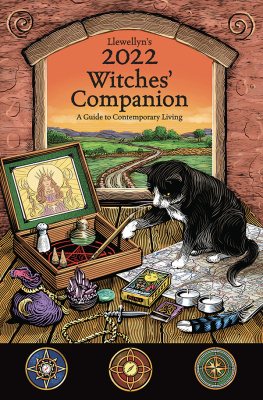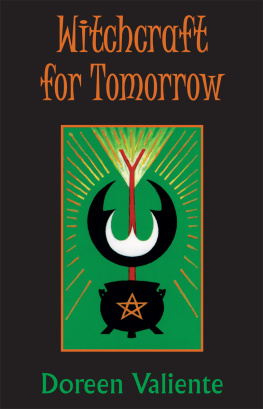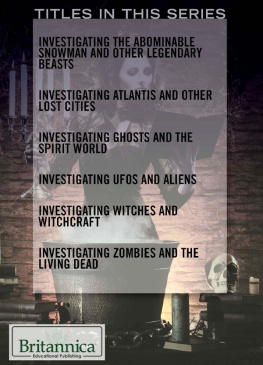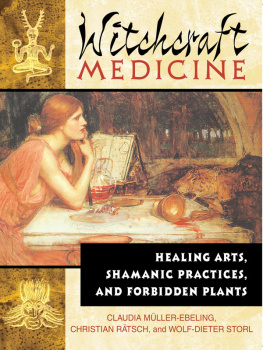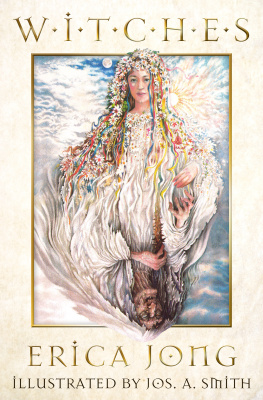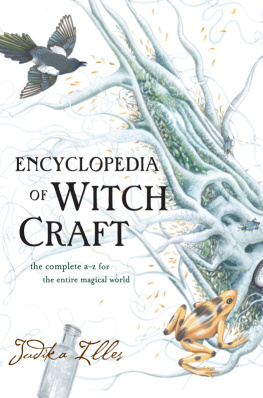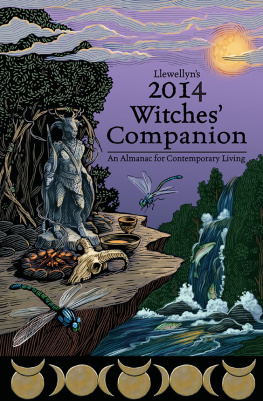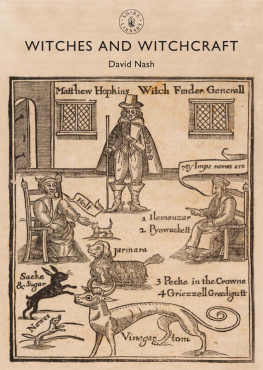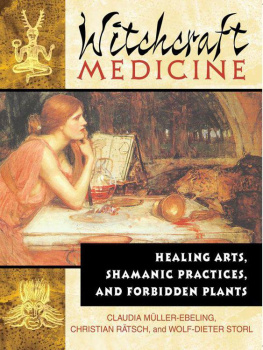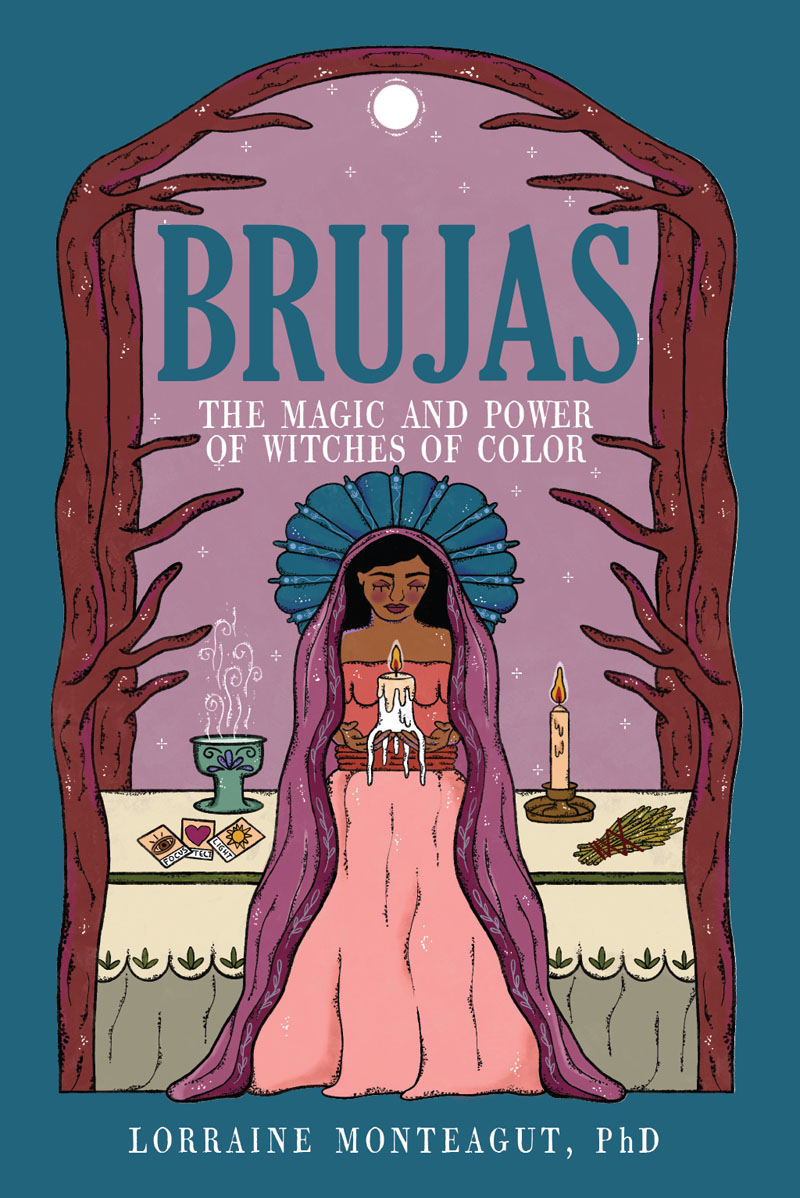

Copyright 2022 by Lorraine Monteagut, PhD
All rights reserved
Published by Chicago Review Press Incorporated
814 North Franklin Street
Chicago, Illinois 60610
ISBN 978-1-64160-399-7
Portions of the chapter have previously appeared in an article by the author, The Wild Self: What Is Wild to One Is Home to Another, Appalachia 72, no. 1 (2021): Article 15.
The poem Emerge is from Yuki Jacksons unpublished series Mark of the Beast, pt. 8. Used with permission.
Library of Congress Control Number: 2021938740
Interior design: Sadie Teper
Cover illustration: Kimberly Rodriguez, a.k.a. Poeta Goddess
Printed in the United States of America
5 4 3 2 1
For my abuelitas, Elsie, Elvira, and Ninoska
Yo te llevo dentro
Hasta la raz
Y por ms que crezca
Vas a estar aqu
Natalia Lafourcade, Hasta la Raz

CONTENTS

A NOTE TO THE READER
Poeta Goddess created the cover illustration for this book. She begins each design with an intention and channels the images to remind folx of their resilience, magick, and power. She writes a line of poetry or a prayer to accompany each design. For this one, she offers you this invocation:
May my Art be the light to lead me home.
Before you proceed, I invite you to say the words to yourself. Drop into your heart. If you have a physical copy of the book, you might consult the cover as you would a tarot card. Let judgment and expectation fall away. Pause here.
What arises for you?
The cover image says folklore to me. A figure draped in a veil holds a candle, and the wax drips between their fingers. Theyve been there a while, trying to create a connection. They stand with their back to their altar, smoke billowing in a chalice, candles flickering with the breath of ancestors. Behind them, a portal has opened, but the figure doesnt quite notice. They are intent, face downturned, a look tender and nostalgic for homelands they feel but have never known, where story lines are unbroken and exile is never necessary and nobody has to hide who they are.
When I started writing this years ago, I turned to face the past. I reached for my abuelitas. They reached back through the ether between us. I learned about generational shadows, the traumas that are kept secret and passed in silence down family lines. The shadows of my line clarified into patterns and lessons as I wrote. There was so much power waiting for me. In the midst of this project of recollecting, I had become part of a spiritual community of brujas who are also connecting to their ancestral traditions and breathing new life into their pasts.
Brujas are the new generation of spiritual activists and teachers and healers.
The Spanish word for witch is not simply a straightforward translation of the English. Bruja (brew-ha) is the word for female witch, and brujo means male witch, but the terms connect to different traditions and histories than that of the Anglo-Saxon witch. They instead refer to the traditions of West Africa that made their way to the Caribbean and the Americas through slavery, and to the traditions of the Indigenous peoples of the Americas, who were displaced and forced to assimilate to the cultures of European colonizers.
The term brujx (brew-hex) is growing in popularity and mirrors the new Latinx (la-teen-ex), encompassing the female and male terms and extending to include gender nonconforming practitioners. It sets the new generation of practitioners apart from the older notion of brujera, or witchcraft, with its closed traditions and histories of stigmatization and oppression. Brujxs are part of a larger group of witches of color who are reclaiming the spiritual traditions of their families homelands.
All of these termswitch, witches of color, brujas, brujx, Latinxare complicated and contested. There is no set definition for any of them, and theres disagreement about who we are talking about when we use them. Witches of color is similar to people of color in that it includes anybody who isnt White, but theres no consensus about whether these terms include White Latin Americans or White-passing people like me. And not all witches of color identify with the terms bruja or brujx, especially if they dont have a direct connection to Spanish-speaking countries or the Afro-Caribbean diaspora.
Some people are adopting Latinx because it challenges the patriarchal structure of the Spanish language and is inclusive of gender-nonconforming folks. But the Latin American experience is not a monolith, and many resent the new term they feel is being foisted on them by a privileged minority. (My Colombian mother and Cuban father would never use the term, if theyve even heard it.) Though I often use it myself, I ultimately take issue with the reference to Latin anything, as I see it as another form of European colonization of a vastly diverse set of peoples. Throughout the book, I favor what individuals like to be called. Thats usually connected to where they are from, specifically their countries, their communities, or their tribes.
Every good witch knows that words are spells. As magic is flowing, so is the language we use. Its OK to not have the perfect word sometimes because language is flawed and cannot always encompass all the possibilities. Whats important is that we remain conscious of the words we speak and transparent about why we choose to use certain words. Ive decided to call this book Brujas, since its more recognizable and easier to pronounce than brujxs, but I mean it as a fluid term that includes magical people of all gender identities and orientations.
This book is for all those who want to learn about or practice ancestral magic and magical activism. Though the stories and research I present center on brujas and the histories of the Afro-Caribbean diaspora and Indigenous people of color, anyone can adapt the information and rituals to consciously explore their ancestry, develop sustainable practices to heal themselves, and reclaim their magical powers.
The first part of the book features some of the ancestral traditions upon which the bruja is based, the second part explores the different kinds of activism brujas are engaged with, and the third part is about the businesses, practices, and networks of the modern bruja. Each chapter focuses on a specific topic and a different bruja practitioner. I also offer my personal stories because I believe they are things we might share in common, and they provide a model for how to reflect on the topics in relation to your own life.
I encourage you to use this book however it helps you most. You might read in order if youre the type who likes to follow a narrative. Or you could skip around to topics or brujas youre interested in. At the end of each chapter are ritual exercises to help you initiate steps along your own spiritual path, as well as more resources from witches of color or other practitioners of ancestral spiritualities. Since astrology is increasingly accessible to spiritual seekers regardless of their ancestral traditions, Ive associated each chapter with an archetype of the zodiac in the order they appear on the astrological wheel. You do not have to be fluent in astrological symbology or even believe in astrologys divinatory potential to use these sections. They are meant as introductory tools for reflection and to inspire your rituals or altar items.
Next page

